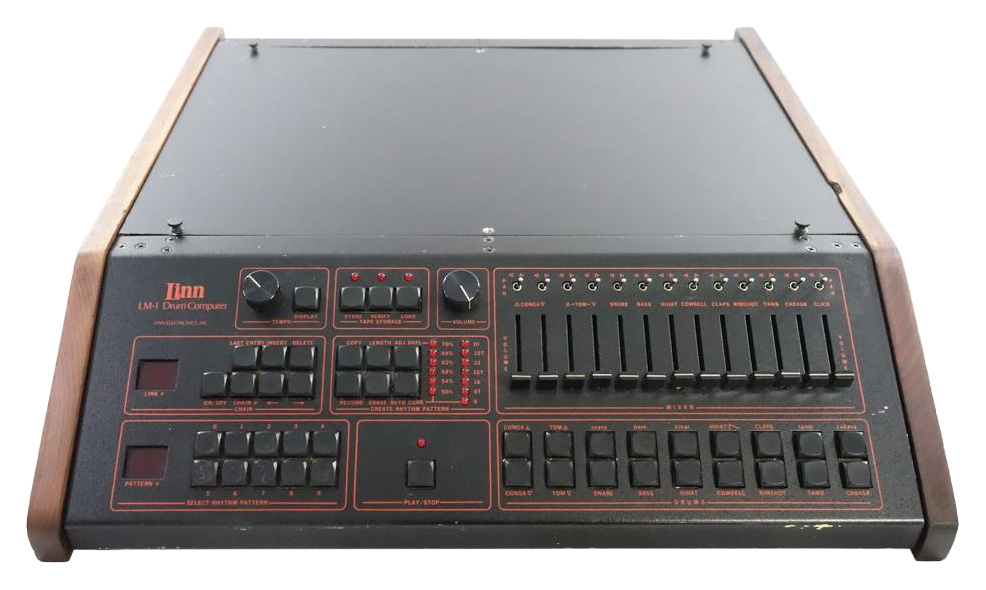Linn LM-1

Associated Eras
-
Controversy

-
1999

-
Purple Rain

-
Around The World In A Day

-
Parade

-
Sign O The Times & The Black Album

-
Lovesexy

-
Batman

-
Graffiti Bridge

-
Diamonds and Pearls

-
The Love Symbol Album

-
Newpower Soul

-
Rave Un2 the Joy Fantastic

-
Musicology

-
3121, Planet Earth, Lotusflow3r and 20ten

-
Welcome 2 America

-
Art Official Age & Plectrumelectrum
